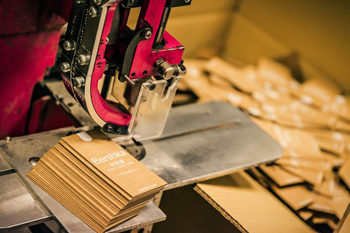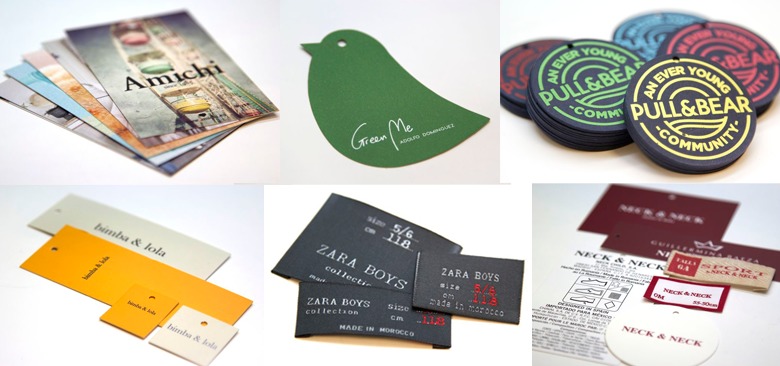Where does the process of designing a product end? How important is a product’s packaging — or is it what’s on the inside that counts? Do you judge a book by its cover? Have you ever bought a new item of clothing and liked the label so much that you kept it?
Finally, the eternal question: what is the difference between art and design?
Perhaps more so than anywhere else, the line between those two disciplines is particularly fine in the world of fashion, as self-expression is amplified creating a communication that seeks to build an aesthetic and character to develop the wearer’s own personal brand. This creates a need and an industry, and in this respect other artistic forms are light years away from being able to compete with the reach, sales and number of different trends that fashion as an industry enjoys. And yet all of those other artistic forms – drawing, photography, sculpture, cinema, illustration, painting, performance, theatre and literature – have their own role in the world of fashion.
Think about the different clothes and brands that you like, buy or want. Have you ever stopped to think about why you like them? About what drew you to them? About why you would buy them? About how they were created and made? Of course you have. That moment where you feel that you need the garment has been cultivated by a lengthy process of creativity, design, innovation, production, marketing and logistics, but now that you hold the garment in your hand, it’s just you, the garment and, the bit we’re interested in here — the label.

Uniter
A clothing label has various roles, the first being providing all the relevant information about the garment; the brand, where it was made, what it is made out of, the size, the price and how to take care of it. The clothing label has a way of communicating which transcends language – it contains visual information that tells us how to wash, iron and dry the garment. Designers and manufacturers have to follow strict laws regarding what the labels say, but they also have another important function, less technical and much more creative, that of conveying the personality of the garment, fixing the of transmitting the personality of the garment, strengthening the image of the brand that created it, and staying with the garment from the moment it leaves the factory to the moment it arrives in your wardrobe.
This is where UNITER comes in. The company, which is revolutionising the textile industry, specialises in designing, creating, perfecting and standardizing labels for a number of high-profile fashion brands across the world. It has offices in A Coruña, Barcelona, Guimaraes, New Delhi and Shanghai, and its principal clients include Zara, Pull & Bear, Bershka, Uterqüe, Massimo Dutti, Zara Home, Neck & Neck, Bima & Lola, Amichi amongst others. Its labels are in shops across the world, and the company is very much conscious of this, demonstrating a great sensibility towards design, adapting itself to the necessities of its clients and offering labels that are more than just functional, but visually attractive with memorable details, and environmentally friendly to boot.
And why is Brit Es writing about UNITER? Because this is our way of saying thanks to the company for supporting this cultural enterprise. UNITER is our principal sponsor, and thanks to its support this year Brit Es Magazine will launch cultural events in London to promote our artists. With their sponsorship, UNITER have shown that they want to be involved in the social and cultural field they work with and this brings them closer together, linking them to our creative talent.
—————————
Web de UNITER: www.uniter.net
Click here for Uniter at Pinterest.

